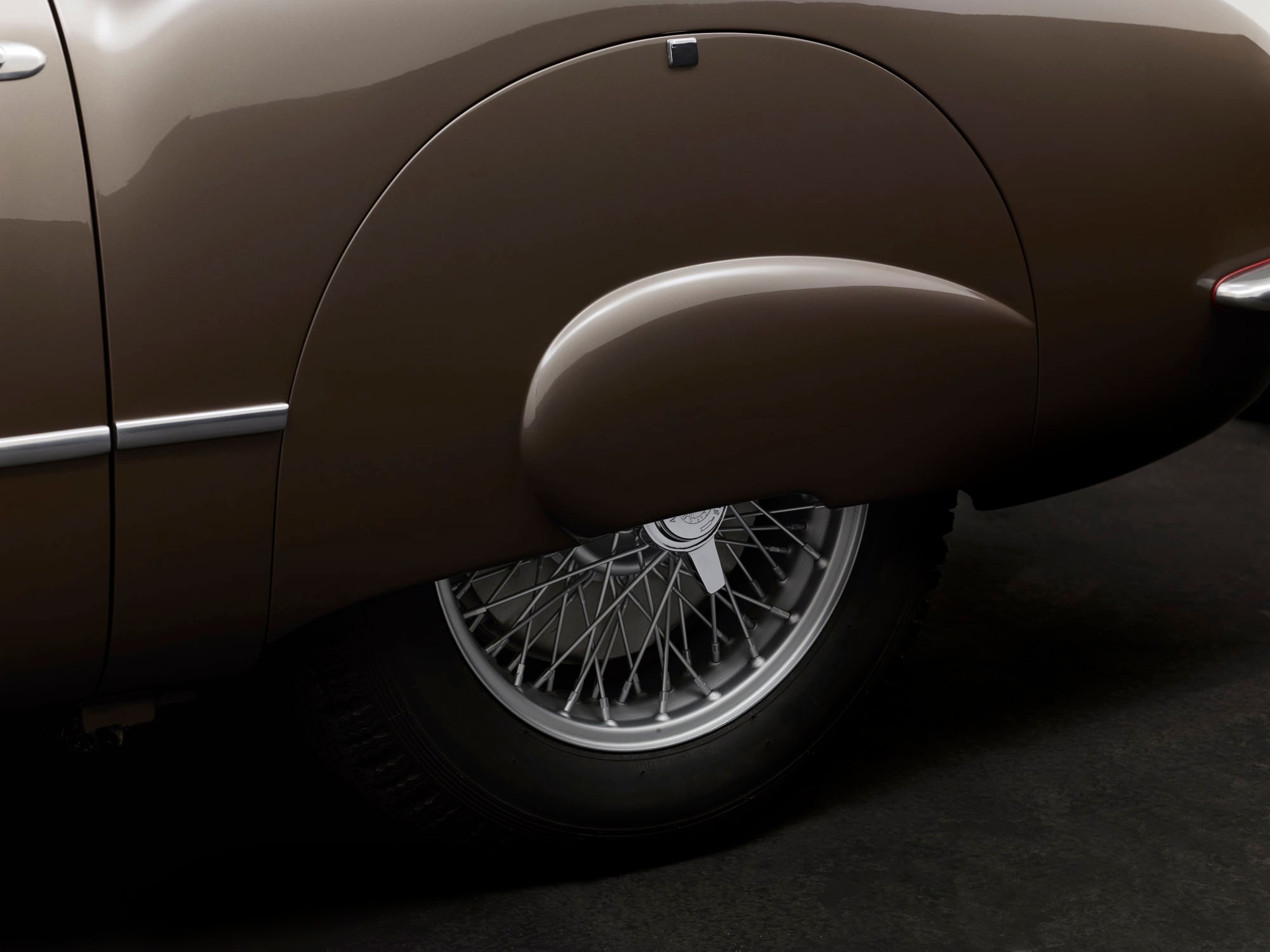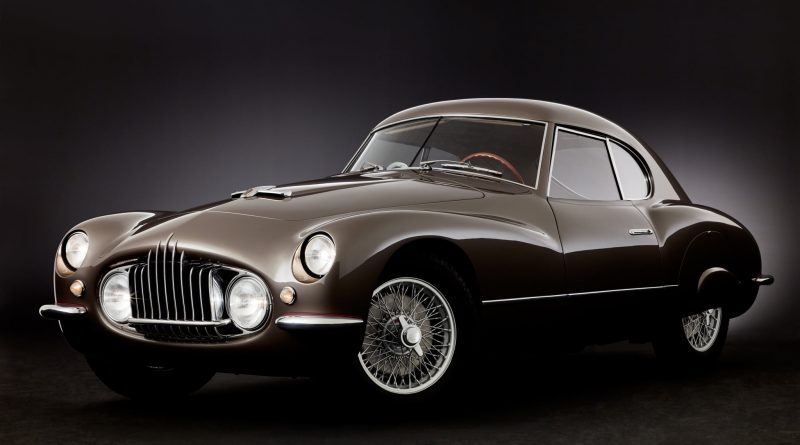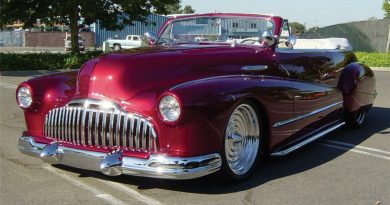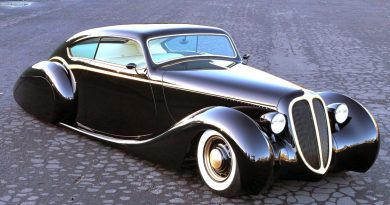1953 Fiat 8V Berlinetta
Car Highlights
One of Only Five 8V Berlinetta Elaboratas Built by Zagato
Documented in Tony Adriaensens’ Definitive Book Otto Vu
Period Competition History with Anna Maria Peduzzi and Jean-Claude Arifon
Proven Pebble Beach Concours® Award Winner and Colorado Grand Entrant
Outstanding Restoration Recently Completed by Leading East Coast Specialists
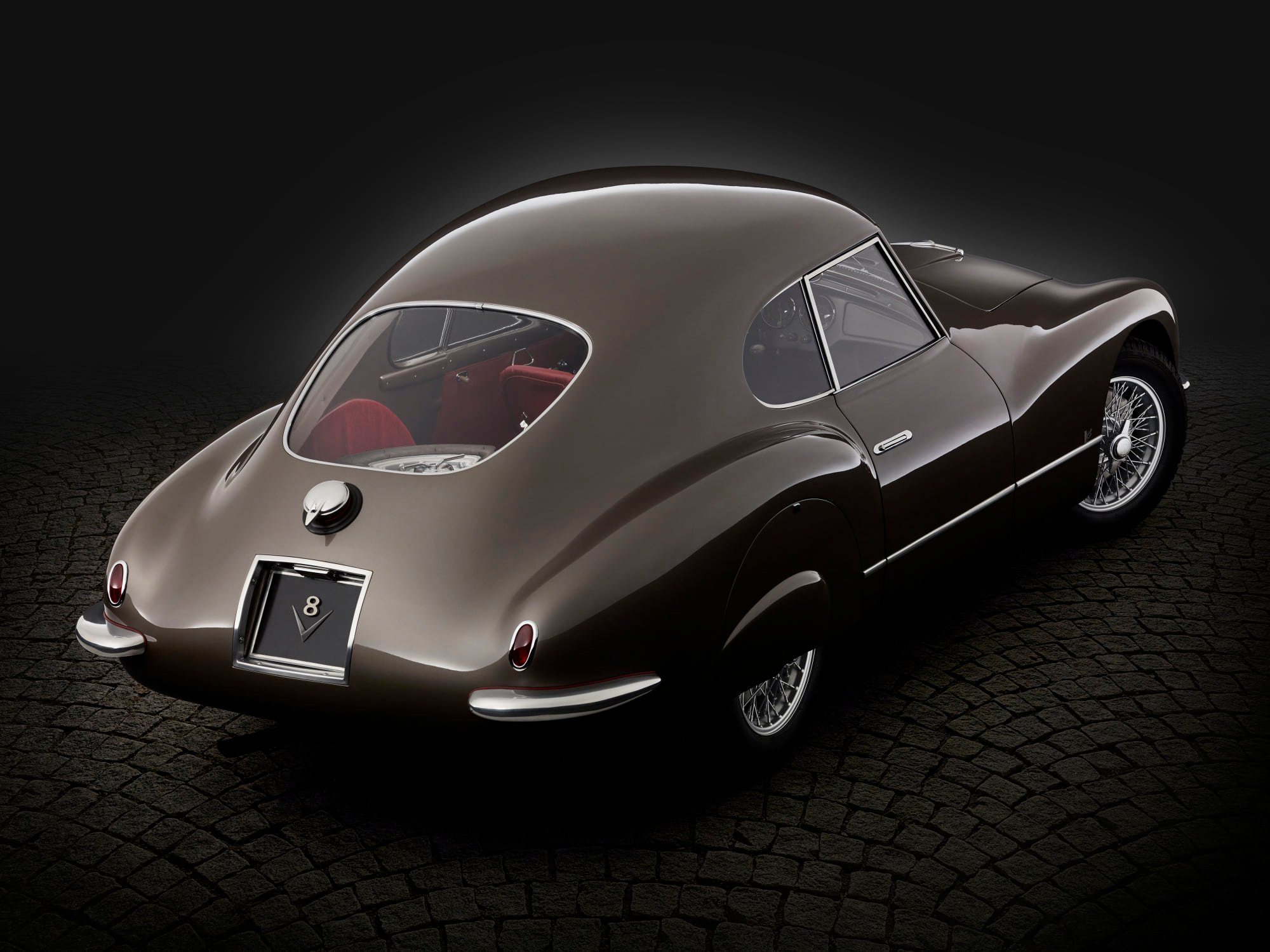
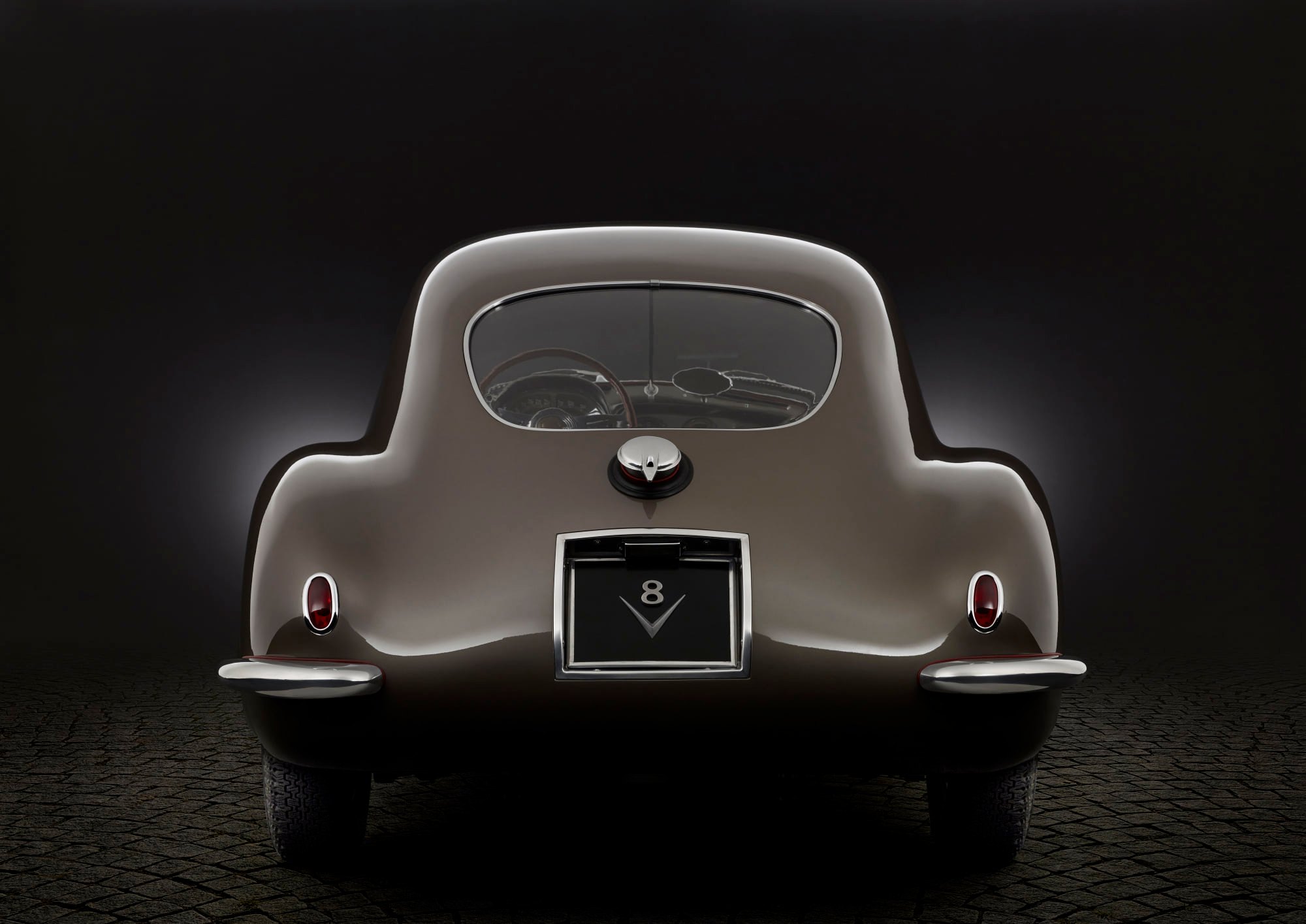
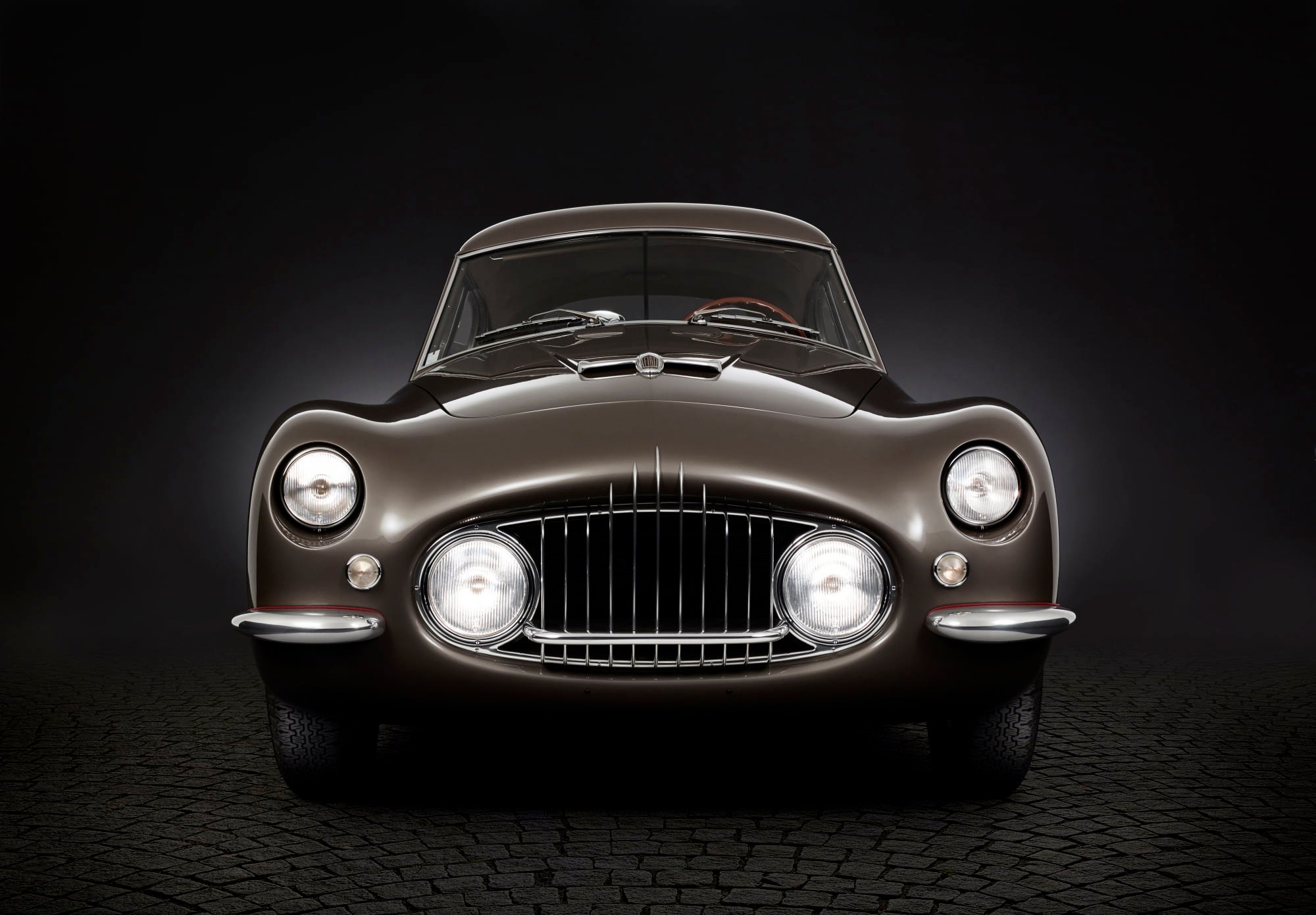
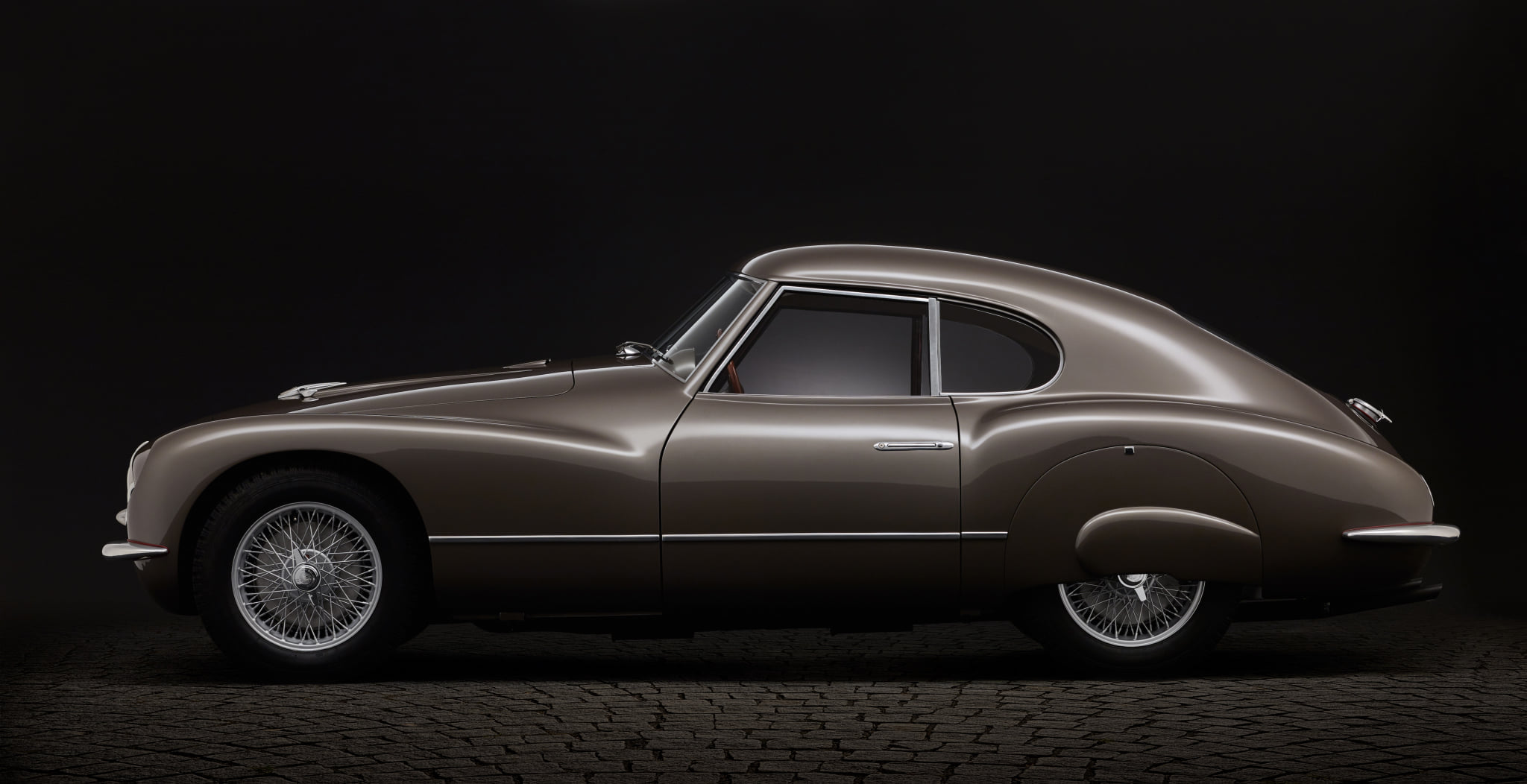
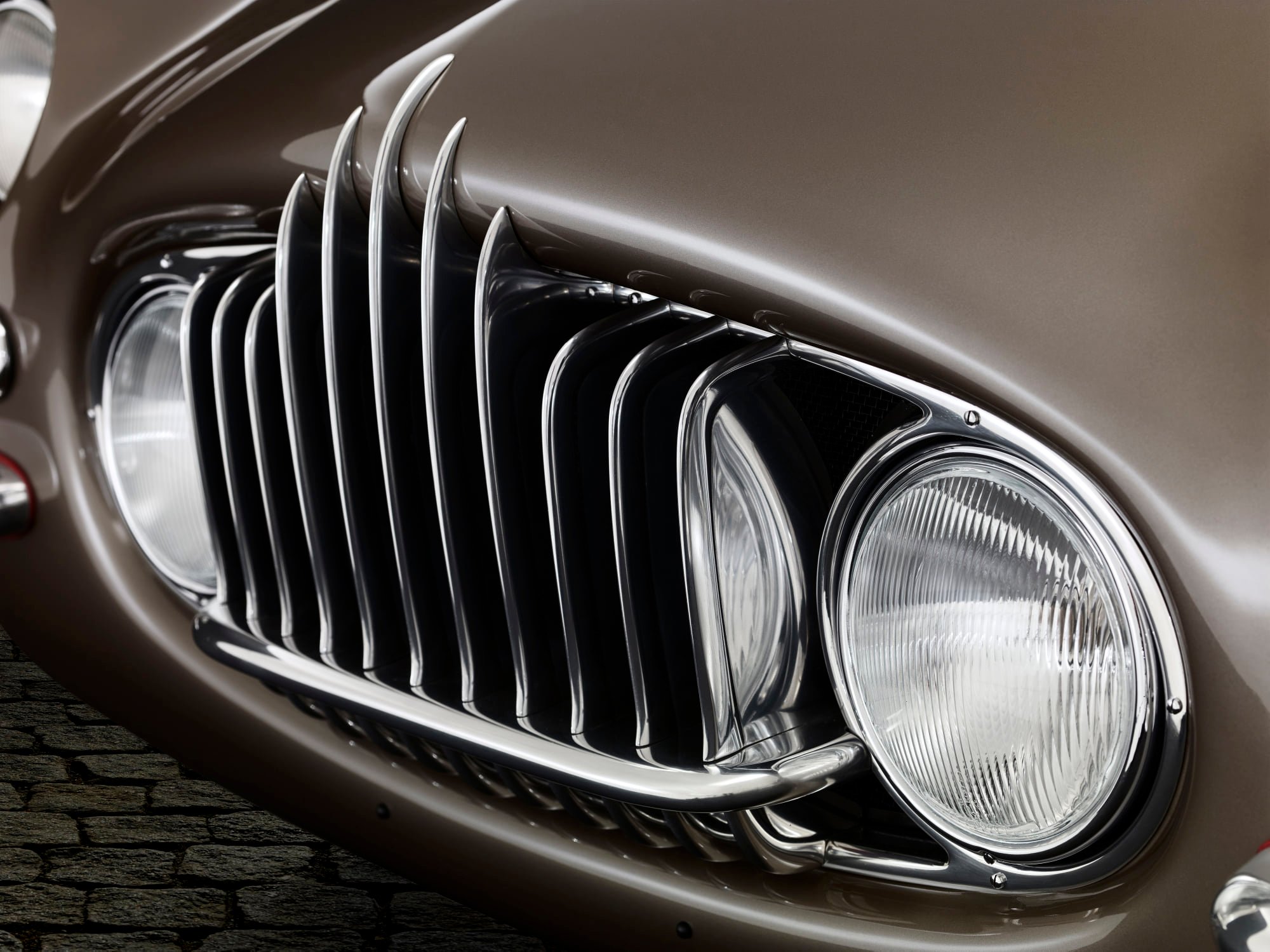
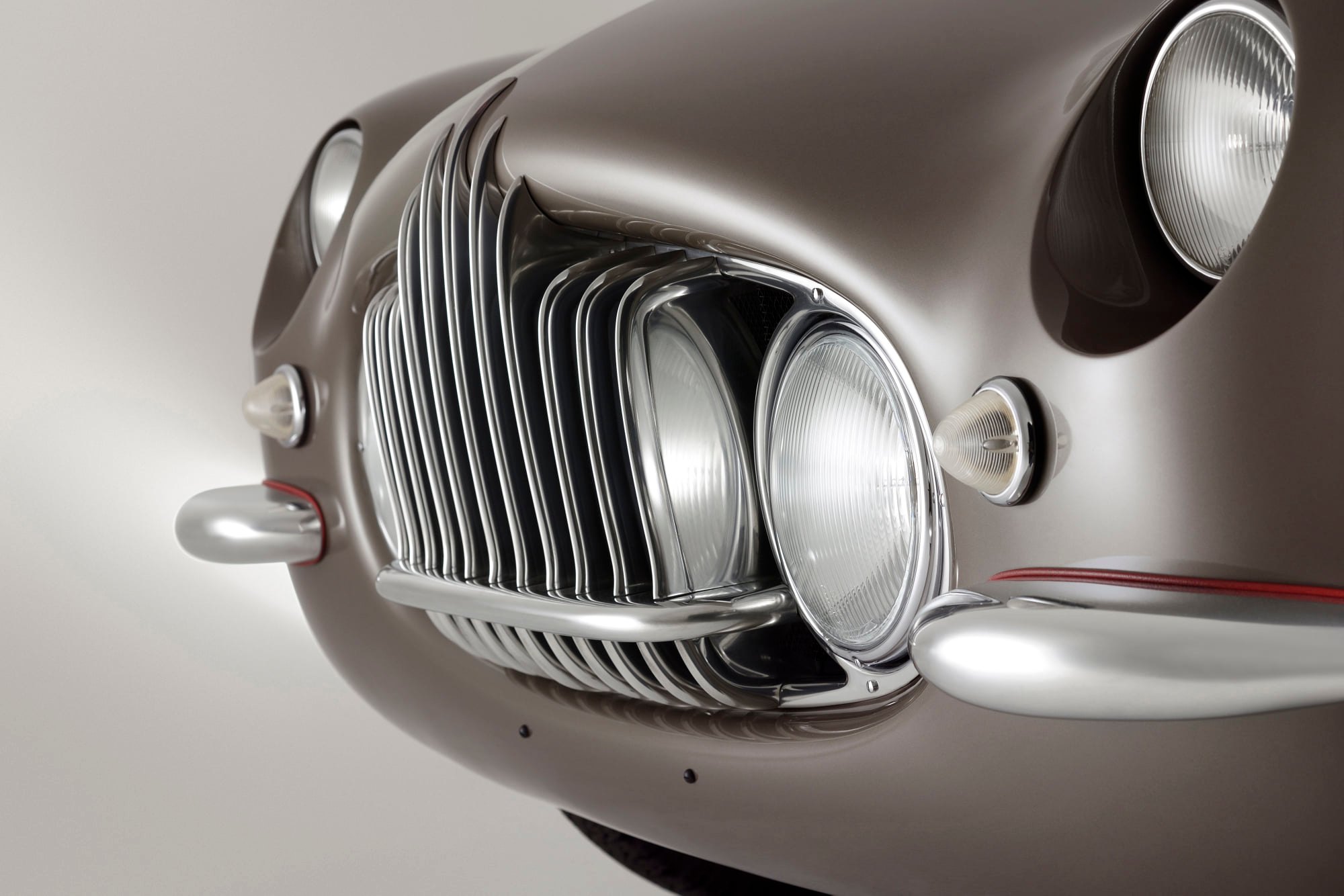
The Fiat 8V (or “Otto Vu”) had a 70 degree V configuration, displaced 1,996 cc and was fitted with two twin-choke Weber 36 DCF 3 carburettors. In its first iteration (type 104.000) the engine had a compression ratio of 8.5:1 and produced 105 PS (77 kW; 104 hp) at 5,600 rpm, giving the car a top speed of 190 km/h (118 mph). Improved type 104.003 had different camshaft timing for 115 PS (85 kW; 113 hp) at 6,000 rpm; finally type 104.006 with an 8.75:1 compression ratio, revised camshaft timing and fuel system put out 127 PS (93 kW; 125 hp) at 6,600 rpm. The engine was connected to a four speed gearbox. The car had independent suspension all round and drum brakes on all four wheels.
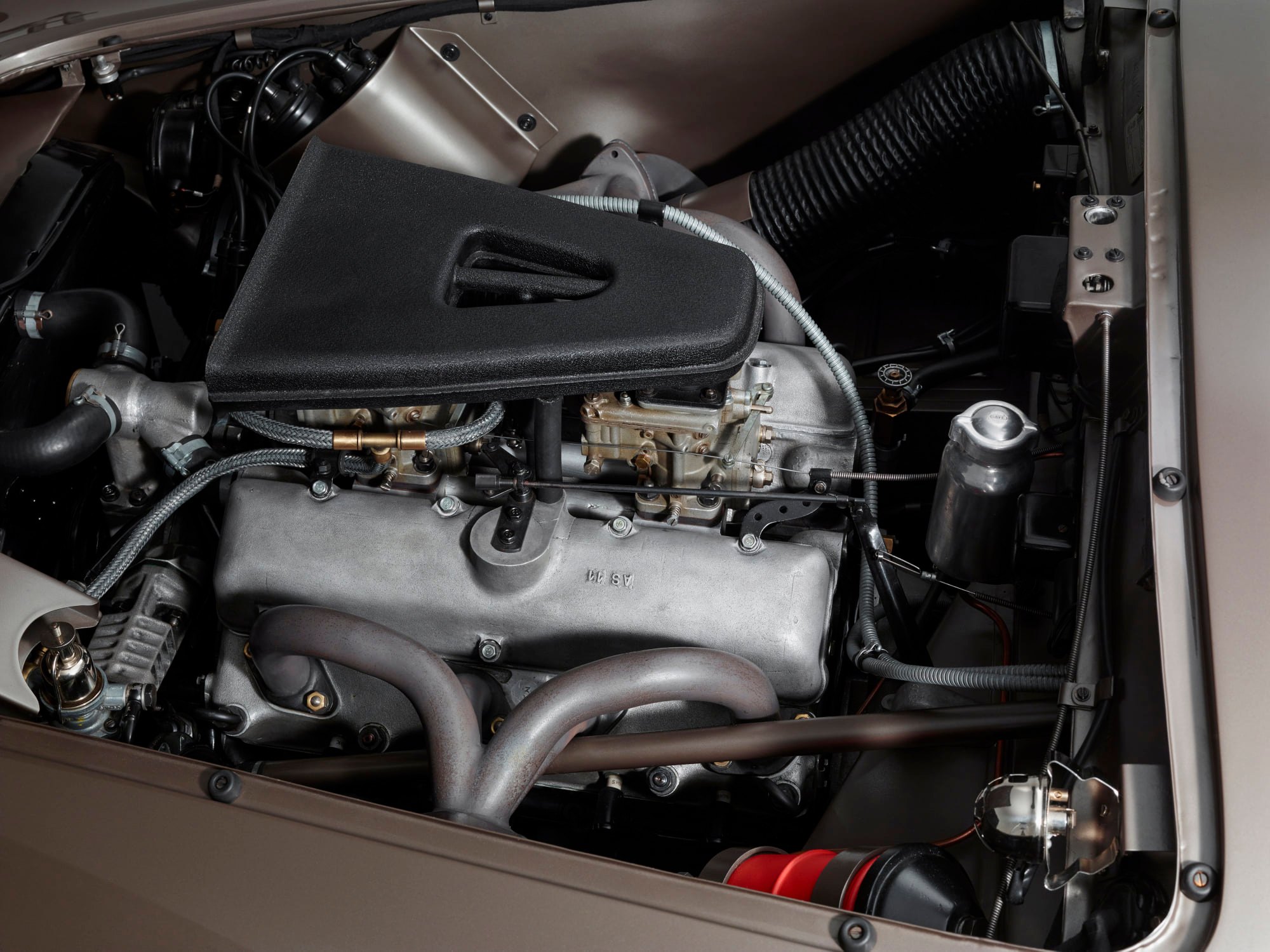
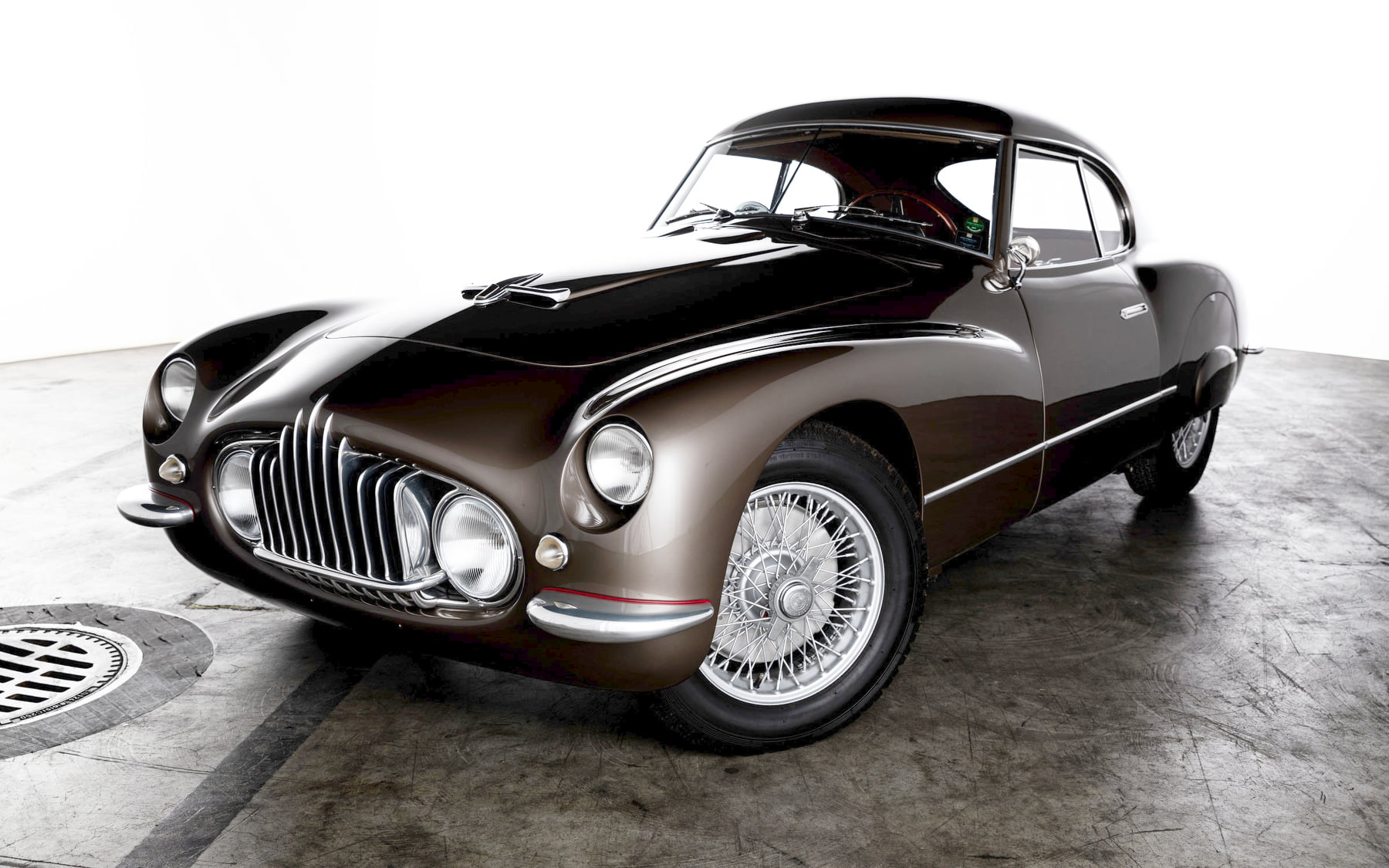
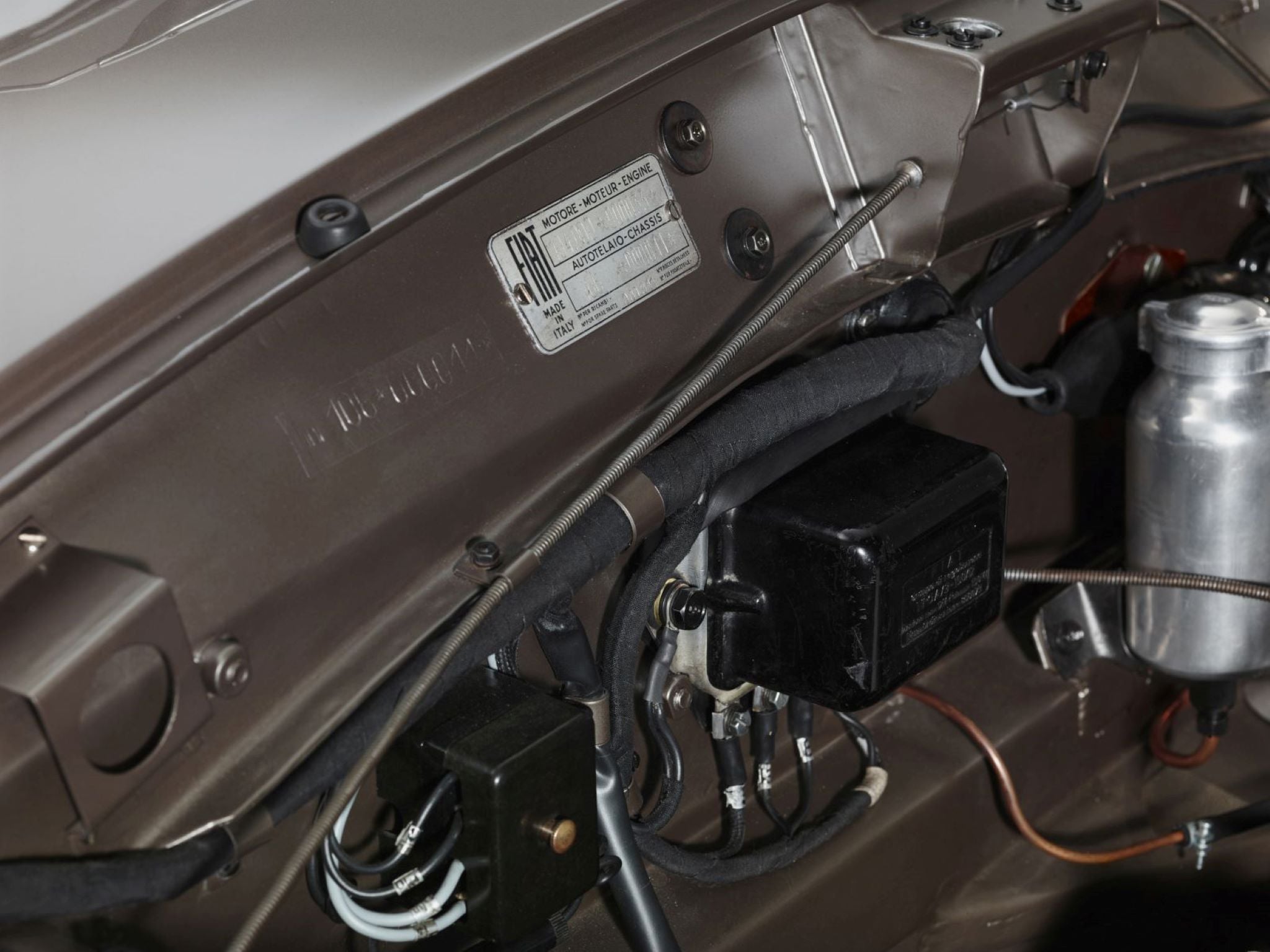

The vehicle was photographed undergoing a complete body-off, nut-and-bolt restoration by Gabriele Artom of Italy that began in November 2011, lasting until 2014. As can be seen in the restoration photos that will accompany the car upon its sale, the coachwork of the Fiat was removed and blasted back to metal, then repainted to match the correct Grigio Rosato exterior colour. The engine was removed and completely rebuilt, and the seats were recovered in their original red leather, taking care to retain the solid covering on the front passenger’s seat and vented shape on the driver’s seat. The alloy wheels were also refinished in chrome. As part of the process, restorers used caution to retain the originality of the car—fitting for an example that, per the Fiat 8V registry, retains its numbers-matching engine.


The concept for the Fiat 8V was born out a proposal from the company’s chief engineer, Dante Giacosa, who suggested that the Turin marque should make a limited-production sports car for a new 2-liter Gran Turismo racing class in 1951. The first 34 examples of the 8V, known as “Series I,” wore bodywork manufactured in-house by Fiat’s Reparto Carrozzerie Speciali department and designed by Fiat’s Head of Ufficio Tecnico Carrozzeria, Luigi Rapi. Later examples, from chassis number 35 onward, were planned as a “Series II.” These were ultimately sold as a rolling chassis and bodied by famous coachbuilders such as Ghia, Vignale and Zagato.
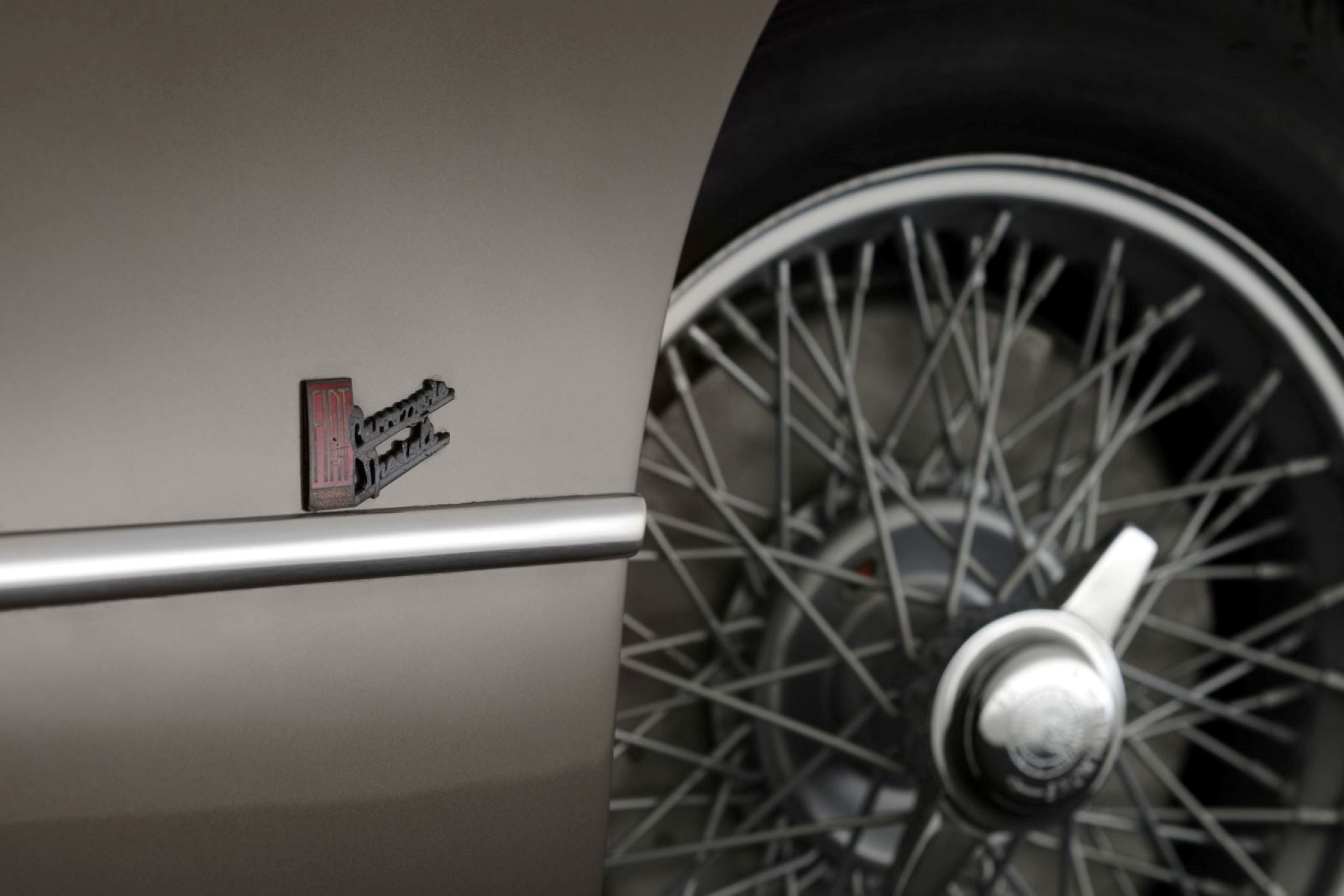
A Series I is not the most valuable 8V, as that would be one of the Zagato-bodied cars or a Ghia Supersonic. Nor has our subject car’s value been enhanced by an important competition history. On the other hand, any 8V is a great car to drive.

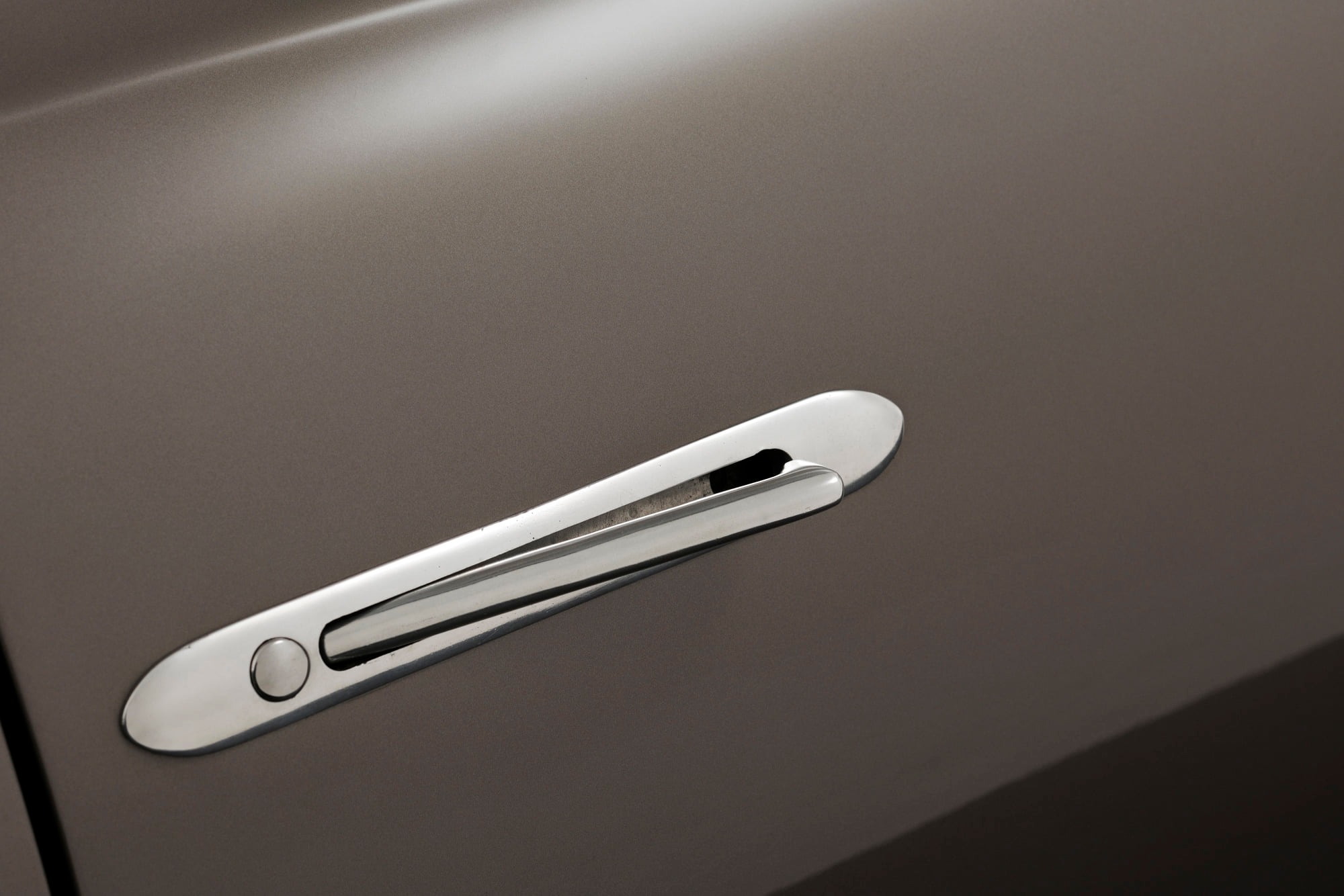
And that is the point: An 8V is rare to see, wonderful to look at and fantastic to own. A Series I 8V allows you to drive, rally and show one of these magnificent cars, all without spending quite as much as for a special coachbuilt model.

None of these cars come to auction that frequently, with only a handful offered in the past decade. Still, Rapi 8Vs show a slow but constant increase in value, selling today for what you might have spent for a carrosserie-bodied car just five years ago. Regardless, this is a rarefied market — you are buying, at Ferrari money, what is still a Fiat.

The buyer got one of the best 8V Series I cars, and the seller got out of a not-so-easy car to sell at current market value. A good outcome for both parties
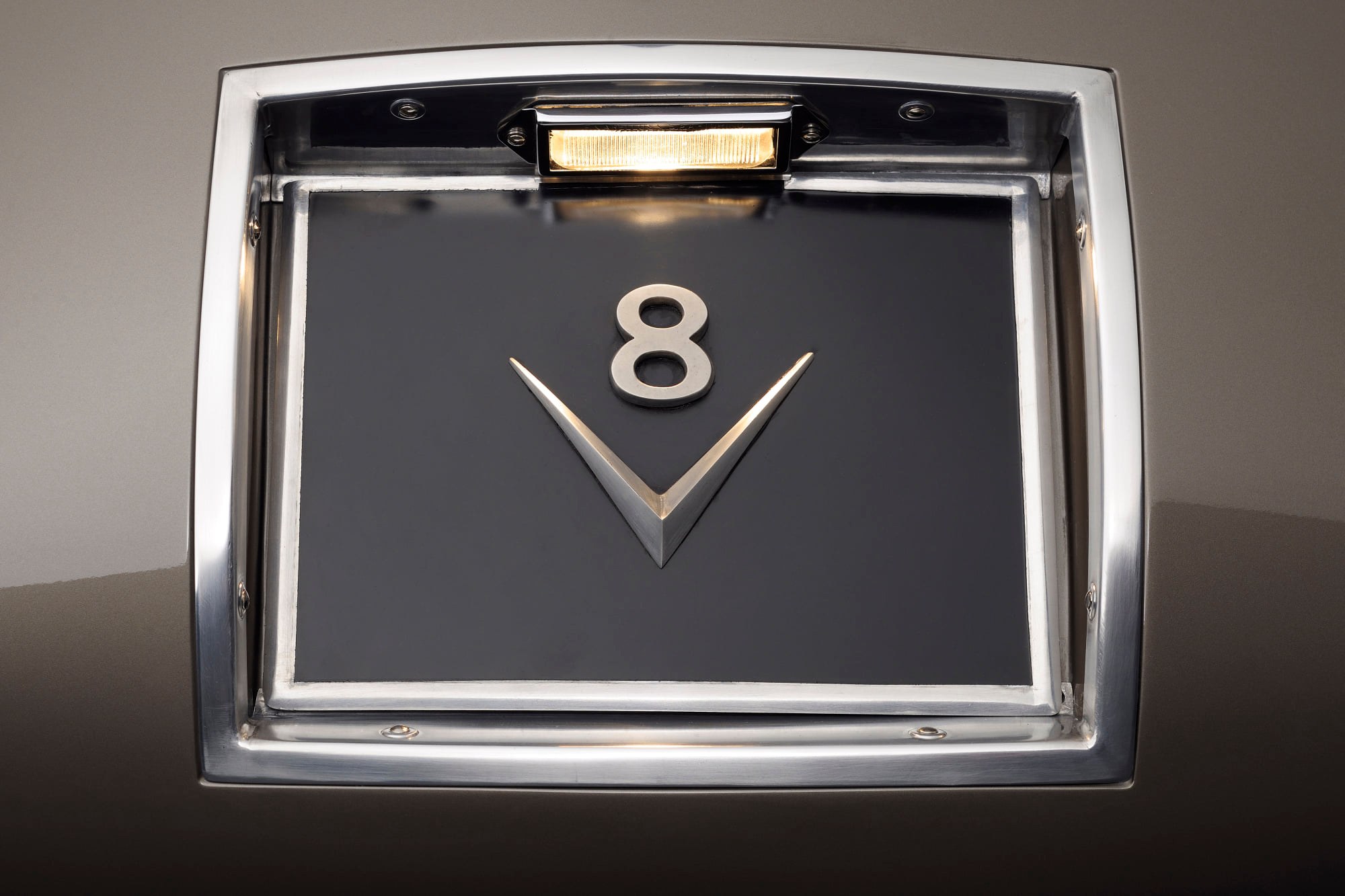




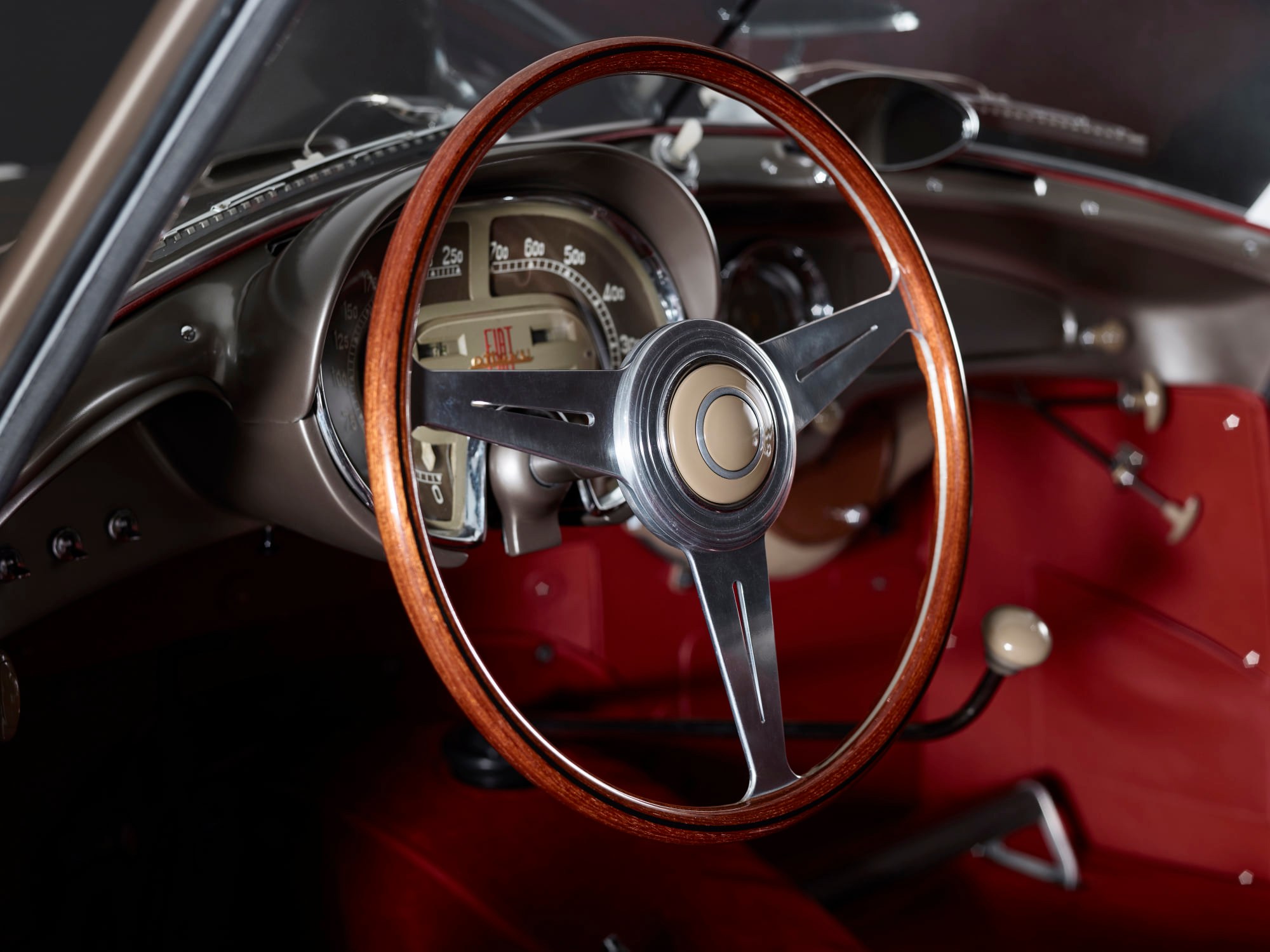
In 2014, the Fiat made its first appearance at a significant event since its restoration, appearing at that year’s Concourso d’Eleganza at Villa d’Este in May, verified by a certificate along with photos of the car being presented to the crowd on the red carpet. In October of that year, the car was sold again, with Mr. Borla pass the car to the incumbent owner. In 2017, the car was presented at the Masterpieces Concours at Schloss Dyck, the German concours event, where it won the “Coupes of Class” category.
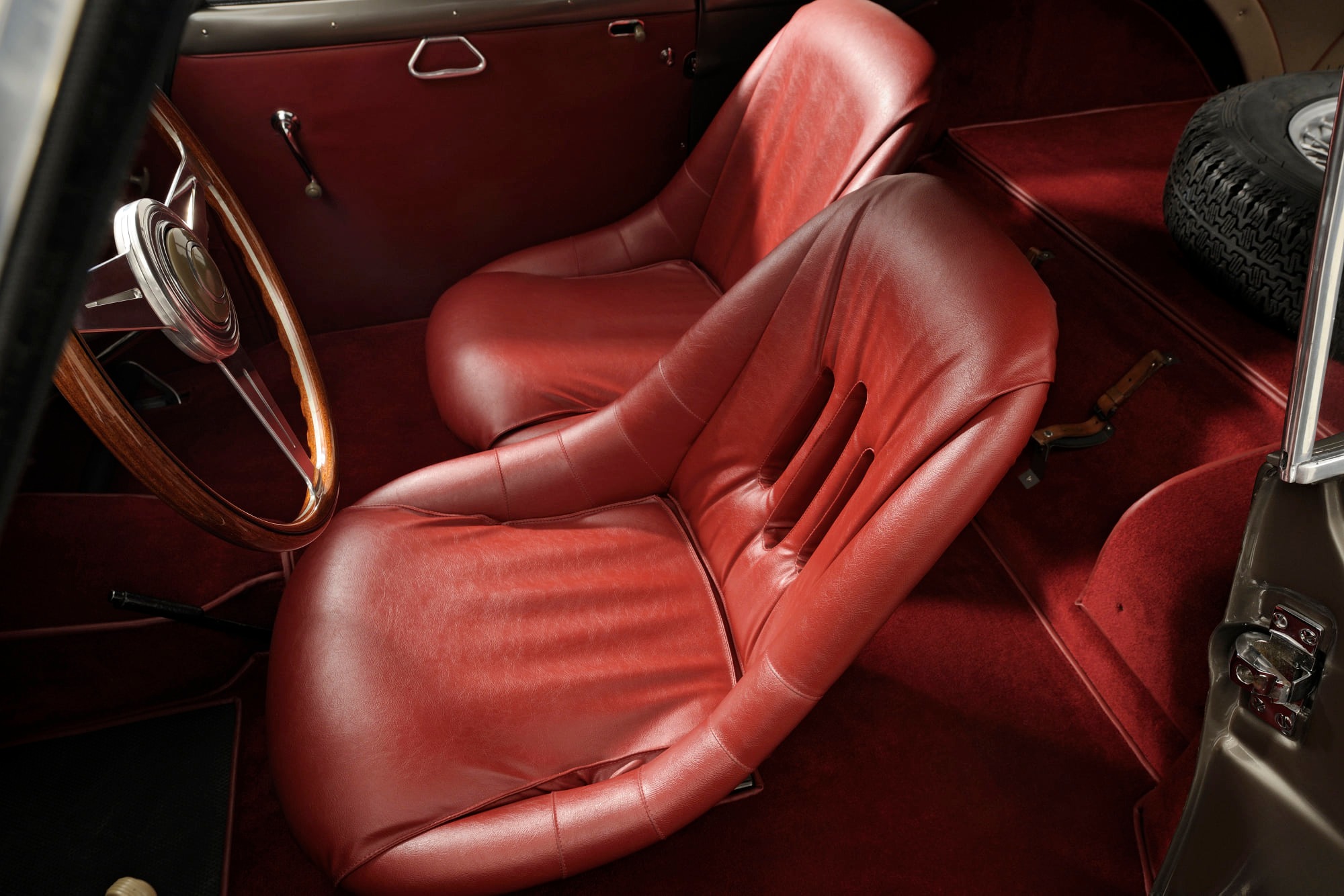
This represents a significant opportunity to acquire part of automotive history, one that appeals equally to enthusiasts of the Fiat marque, Italian cars in general, or simply collectors of rare Berlinetta-style cars with period race history. The Fiat is eligible for many historic events in the collector car calendar, and is offered for sale with a Fahrzeugausweis road registration from Liechtenstein.
